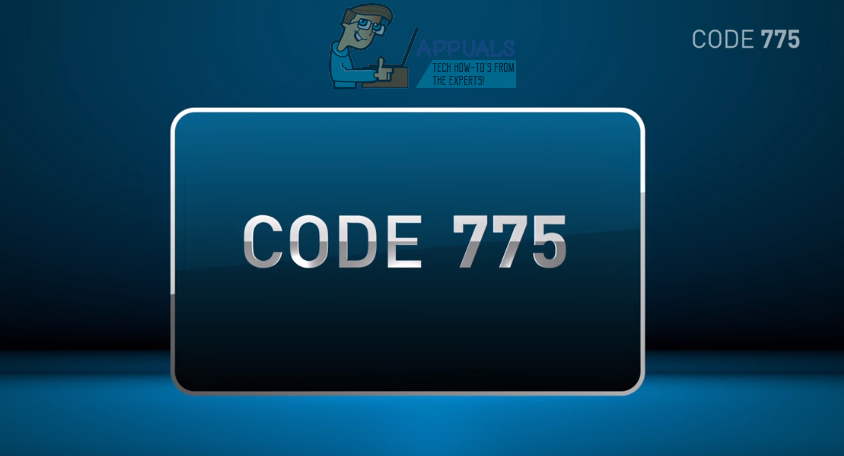Fix: DIRECTV Error Code 775
When something goes wrong on a DIRECTV user’s television screen, they see an error code on the screen that indicates what the problem is and can help them troubleshoot the issue. One of the many error codes that DIRECTV users see when something goes wrong with the picture on their televisions is error code 775. Error code 775 basically indicates that your DIRECTV receiver is, for some reason, having trouble communicating with your satellite dish. Now the connection between your DIRECTV receiver and your satellite dish can be hindered by a number of different things – from a simple loose connection or your power inserter being turned off to a frayed or severed cable.

When a DIRECTV user sees error code 775, the picture on their television screen is frozen or pixilated, or there’s no picture on the screen at all. Thankfully, though, there are a number of things you can on your own in order to try and get rid of error code 775 and restore your ability to watch television. The following are some of the most effective solutions to this problem:
Solution 1: Check the connections on your DIRECTV receiver
As stated before, loose connections can lead to a DIRECTV user seeing error code 775 while trying to just sit back and watch some television. To make sure that loose cable connections don’t cause error code 775 for you, you need to:
- Go to the back of your DIRECTV receiver.
- Check each of the connections on the back for loose or not correctly seated connections, starting with the Satellite In or SAT IN connection.
- Make sure every single connection on the back of your DIRECTV receiver is secure and correctly seated.
- With everything plugged in and secure, turn your television back on and check to see if you’ve managed to get rid of error code 775.
Solution 2: Check on your Swim power inserter
Most DIRECTV users also have a Swim power inserter in addition to their satellite dish and their DIRECTV receiver. Swim power inserters need to be connected to a power outlet for them to be able to do their job and are connected to the cables going towards DIRECTV satellite dishes, so that’s where you should look for yours. Your Swim power inserter may also not be located in the same room as your DIRECTV receiver, so be sure to check for one in every room. If you do have a Swim power inserter, make sure that it is plugged into a power outlet and is also turned on and working. If the power inserter is already working, power cycling it might get rid of error code 775 for you. To power cycle your Swim power inserter, you need to:
- Unplug the Swim power inserter from the power outlet.
- Wait for 30 seconds.
- Plug the Swim power inserter back into its power outlet, and make sure it’s turned on and working.
- Make sure everything’s hooked up, turn your TV on and check to see if the issue has been resolved.
Solution 3: Wait out the storm
Sometimes, DIRECTV users can lose their ability to watch TV and run into error code 775 every time they try to watch TV because of issues with DIRECTV services or because of natural occurrences such as solar storms creating interference. If something like this is causing you to see error code 775 whenever you try to watch TV via your DIRECTV setup, your only viable option is to simply wait for the DIRECTV services to come back online again.
Solution 4: Call for help
If all else fails, you can simply call your DIRECTV service provider, state that you are seeing error code 775 and request a visit. You might be seeing error code 775 because of a bigger underlying issue such as frayed or fraying cables, a hardware/software issue with your DIRECTV receiver, satellite dish or Swim power converter, or the cables in your house being broken or otherwise pressured for some reason, creating chokepoints in the DIRECTV connection. In such cases, it is best to simply call your DIRECTV service provider for help, have them make a home visit and try to diagnose and completely resolve the problem.